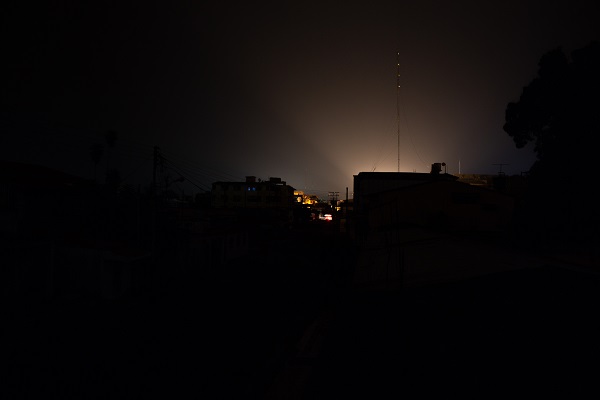National Grid ESO introduces new Dynamic Containment mechanism to help keep network frequency balanced.
The electricity system operator is creating the product to bring the frequency back up to the safe level of 50 Hz as quickly as possible following any fault on the network similar to the one experienced last August.
Background To Dynamic Containment
Britain’s electricity system is transitioning towards zero-carbon. This sees renewables replacing the traditional fossil fuel-powered generation.
Without the big spinning turbines from thermal power, there’s less inertia – the vital “shock absorber” that protects against frequency changes. Lower levels of inertia lead to much quicker deviations in grid frequency (known as Rate of Change of Frequency or ROCOF for short).
Dynamic Containment is the first of several “faster-acting frequency response services” that the ESO is bringing online to ensure frequency remains within the statutory range of +/- 0.5 Hz in the event of a sudden demand increase or loss of generation.
It will kick-in when frequency moves outside of NGESO’s operational limits (+/-0.2).
The new service will be available to providers that can act very quickly to address any frequency fluctuations, for example, battery storage. It will get a “soft launch” this week before a full roll-out next year. The scheme will initially sit alongside existing measures such as Firm Frequency Response (FFR).
For its launch period, National Grid will procure Dynamic Containment capacity in 24-hour blocks on a day-ahead basis.
This compares to the week-ahead and even month-ahead procurement for FFR and is proof the system operator is shifting closer to real-time provision. It intends to phase out monthly FFR tenders by the end of 2022.
Eventually, it’s expected Dynamic Containment will contribute up to 1 GW of power a day, although the initial tenders will be for 500 MW of low frequency.
Part Of A Bigger Picture
In a blog post sharing some of the lessons learned by the system operator over recent months, ESO Chief Engineer and Head of National Control Roisin Quinn revealed Dynamic Containment is one of a suite of new mechanisms to help with the transition to a zero-carbon grid.
“High levels of generation and low demand, such as we’ve seen this summer, can raise the risk of oversupply and reduce the system’s resilience to sudden changes in frequency – with reduced levels of its inherent shock absorber, inertia.
“Managing inertia is something our control room engineers do every day, regardless of the pandemic, increasing and decreasing sources of power. The unprecedented conditions brought on by COVID-19 have meant they’ve had to take more actions, on more days, to keep the system secure.
“Managing this combination of low demand and high renewables shows that we can operate a greener grid, and sooner than we thought.
“In April 2019 we announced our ambition to be able to operate the grid at zero carbon in 2025 with the plans in place to deliver this addressing many of the challenges faced this Spring and Summer.
“We’ve made great progress towards zero-carbon already and work on key projects has continued throughout the pandemic.
“We’ve recently announced the second phase of our Stability Pathfinder project for Scotland, with the first phase seeing generators already providing stability services to the grid. We’re seeing new providers managing voltage too, with batteries providing reactive power as part of our Mersey Pathfinder project.
“We’re widening access to the Balancing Mechanism, making it easier for smaller providers to play a part and are soon to be launching a new frequency product, Dynamic Containment – the fastest acting frequency response we have, to help keep the system in balance as we continue to decarbonize.”




